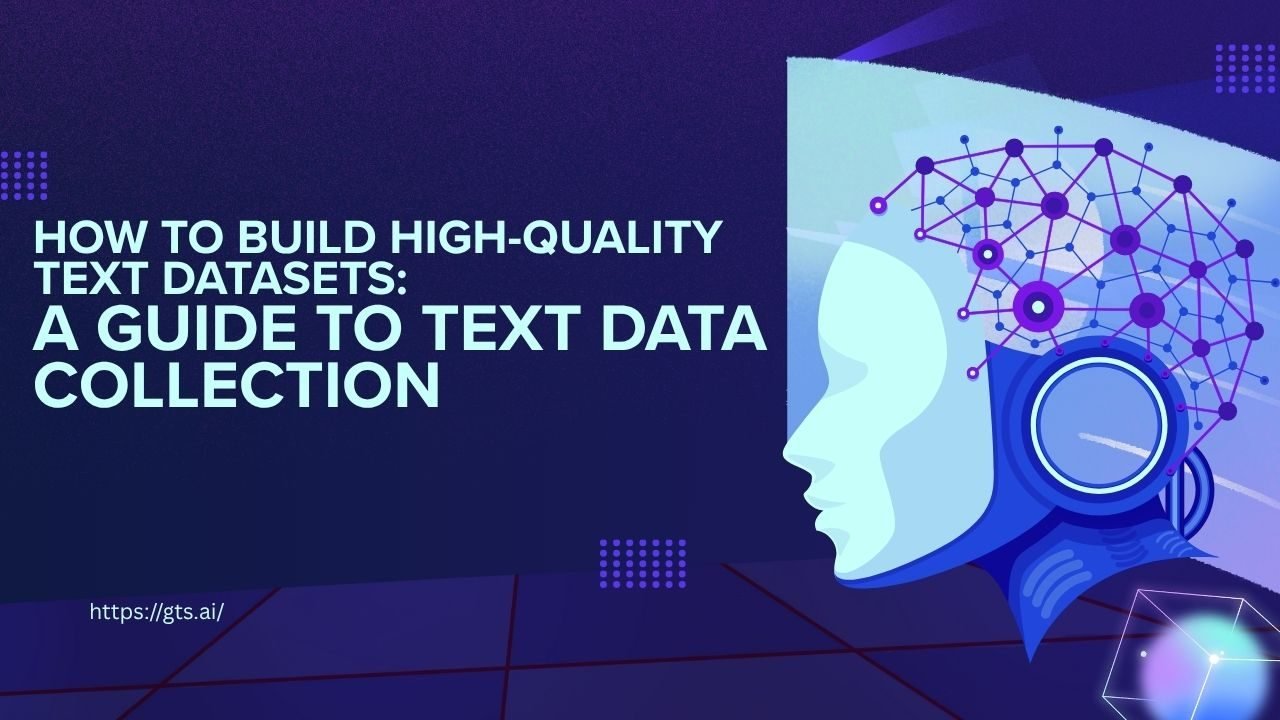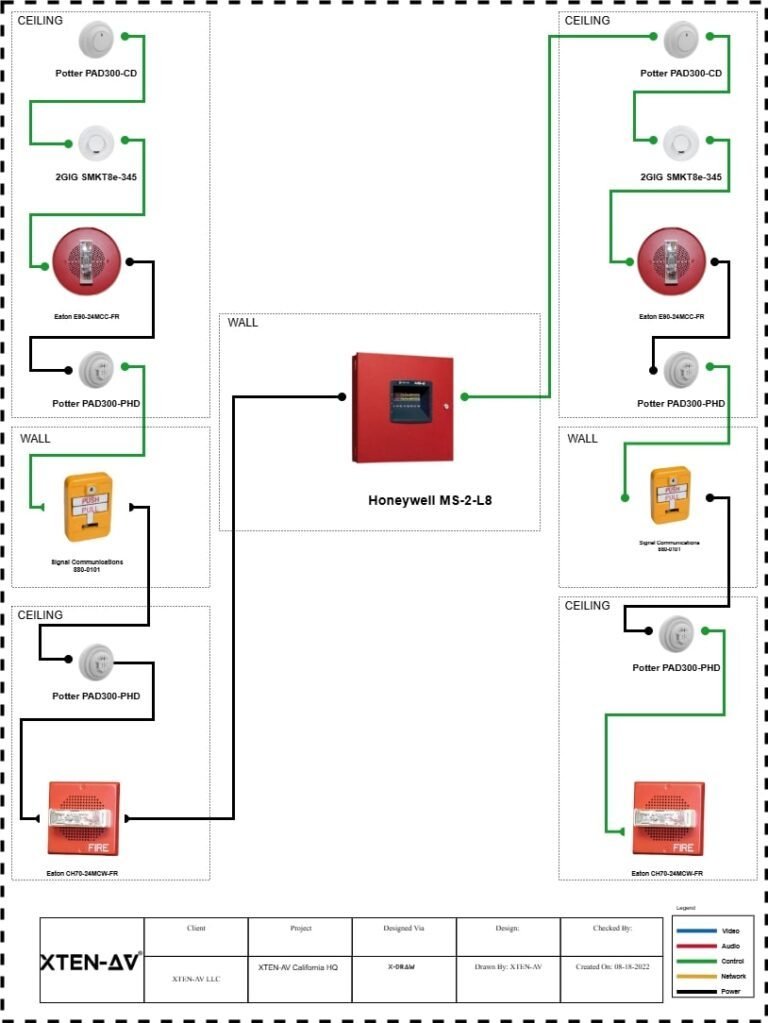The success of any AI model depends largely on the quality of the data that powers it. Among all data types, text data collection plays a crucial role in shaping intelligent systems that understand, process, and respond to human language effectively. From chatbots and translation tools to recommendation engines, every language-based AI system relies on well-structured and diverse text datasets to perform accurately.
However, building a high-quality text dataset is not just about collecting random text samples from the internet. It requires a systematic approach that focuses on diversity, relevance, ethics, and annotation precision. In the broader landscape of AI development, this process often overlaps with other data types, including video annotation and face image datasets, to build models that understand not just language but also visual and emotional cues.
This guide will walk you through the essential steps and best practices for building reliable text datasets that can elevate the performance of next-generation AI models.
1. Define the Purpose and Scope
Before you begin collecting data, clearly define why you need it. Is your goal to train a sentiment analysis model, a language translation tool, or a chatbot? The purpose of the dataset determines the type of text, format, and linguistic diversity required.
For example, a conversational AI system needs informal and context-rich dialogues, while an OCR-based document reader benefits from structured and semi-structured text sources. Establishing a clear objective ensures you gather only relevant data, minimizing noise and redundancy.
It’s also helpful to plan how this text data will align with other AI components. For instance, in multimodal AI systems, text may need to complement insights from video or image-based datasets — similar to how video annotation and face image datasets contribute contextual understanding to language models.
2. Identify Reliable Data Sources
The quality of your dataset depends on the credibility of your sources. For high-quality text data collection, consider a balanced mix of:
Publicly available datasets (Wikipedia, Common Crawl, news archives)
Domain-specific sources (medical journals, legal documents, financial reports)
User-generated content (social media posts, reviews, support tickets)
Transcribed data from audio or video content
Whenever possible, use verified and copyright-compliant sources. Ethical sourcing ensures the dataset remains clean, reliable.
3. Focus on Data Diversity
A diverse dataset leads to more accurate and unbiased AI models. Include text from multiple languages, dialects, regions, and writing styles. Also consider different formats — handwritten notes, digital text, scanned documents, and conversational transcripts — to help models adapt to real-world variations.
Diversity in text is as important as diversity in visual datasets. For instance, while face image datasets capture variation in lighting, expression, and demographics, your text dataset should reflect similar diversity in tone, structure, and cultural context.
This variety ensures that the AI system can interpret language naturally, regardless of where it comes from or how it’s expressed.
4. Ensure Proper Data Annotation
Annotation is the bridge between raw text and machine understanding. Each piece of data must be labeled accurately to make sense to an AI model. Depending on your goal, you might need to annotate for:
Sentiment (positive, negative, neutral)
Intent (request, command, query)
Entities (names, dates, organizations)
Relationships between phrases or ideas
In complex AI projects, text annotation may run parallel to video annotation, where spoken words and visual expressions are analyzed together. For example, in emotion recognition systems, annotated text dialogues paired with video frames of facial expressions create richer, context-aware training data.
Automated annotation tools powered by machine learning can speed up this process, but human validation remains essential to ensure accuracy and reduce bias.
5. Clean and Normalize the Data
Even the most extensive dataset loses value without cleaning and normalization. This step involves removing duplicates, fixing encoding errors, correcting grammar issues, and standardizing formats. Consistency is critical — a model trained on messy data will replicate those errors.
Text normalization techniques like tokenization, stemming, and lemmatization help transform raw sentences into meaningful units that AI systems can interpret efficiently.
Additionally, ensure that your cleaning process doesn’t strip away important context. For instance, slang, emojis, and informal phrasing might seem irrelevant but often carry emotional meaning crucial for conversational AI.
6. Maintain Ethical and Privacy Standards
Ethical responsibility is at the heart of modern text data collection. All data must be gathered and used in compliance with privacy regulations such as GDPR and CCPA. Avoid collecting personally identifiable information (PII) unless proper consent is obtained.
Ethical practices extend beyond text — they apply equally to visual data such as face image datasets. Both text and image data must respect user privacy, ensuring anonymity and fairness across demographic groups.
By following transparent, ethical sourcing practices, organizations build trust and ensure that their AI systems remain responsible and inclusive.
7. Continuously Update and Validate the Dataset
Language evolves rapidly — new slang, cultural references, and terms appear every day. To keep your models relevant, you must continuously update your text dataset. Regularly add new samples and validate existing ones to ensure ongoing accuracy and relevance.
Establish a feedback loop that monitors model performance and identifies areas where additional data is needed. For example, if a chatbot struggles to interpret sarcasm or regional phrases, new text samples focusing on those aspects should be collected and annotated.
Continuous updates also apply to multimodal AI systems that integrate text with video annotation, helping maintain alignment between verbal and non-verbal understanding.
8. Test and Evaluate Dataset Quality
Before deployment, it’s essential to test the dataset for quality and completeness. Evaluate metrics like coverage, diversity, and annotation accuracy. Small test models can be run on subsets of the data to check for inconsistencies, biases, or missing labels.
A well-evaluated dataset ensures that your AI models perform as expected in real-world applications. This testing phase acts as a final assurance of the dataset’s integrity and utility.
Conclusion
Building a high-quality text dataset is not just a technical process — it’s an art that combines precision, ethics, and contextual understanding. Effective text data collection lays the foundation for accurate, unbiased, and intelligent AI systems that can truly understand human language.
As AI becomes increasingly multimodal, incorporating elements like video annotation and face image datasets, the line between text and visual data continues to blur. This integrated approach helps create models capable of understanding not only words but also emotions, gestures, and expressions.
By following best practices — from defining scope to ensuring diversity and maintaining ethics — you can build datasets that fuel innovation and power the future of human-centered AI.

























































































































































































































































































































































































































































































































